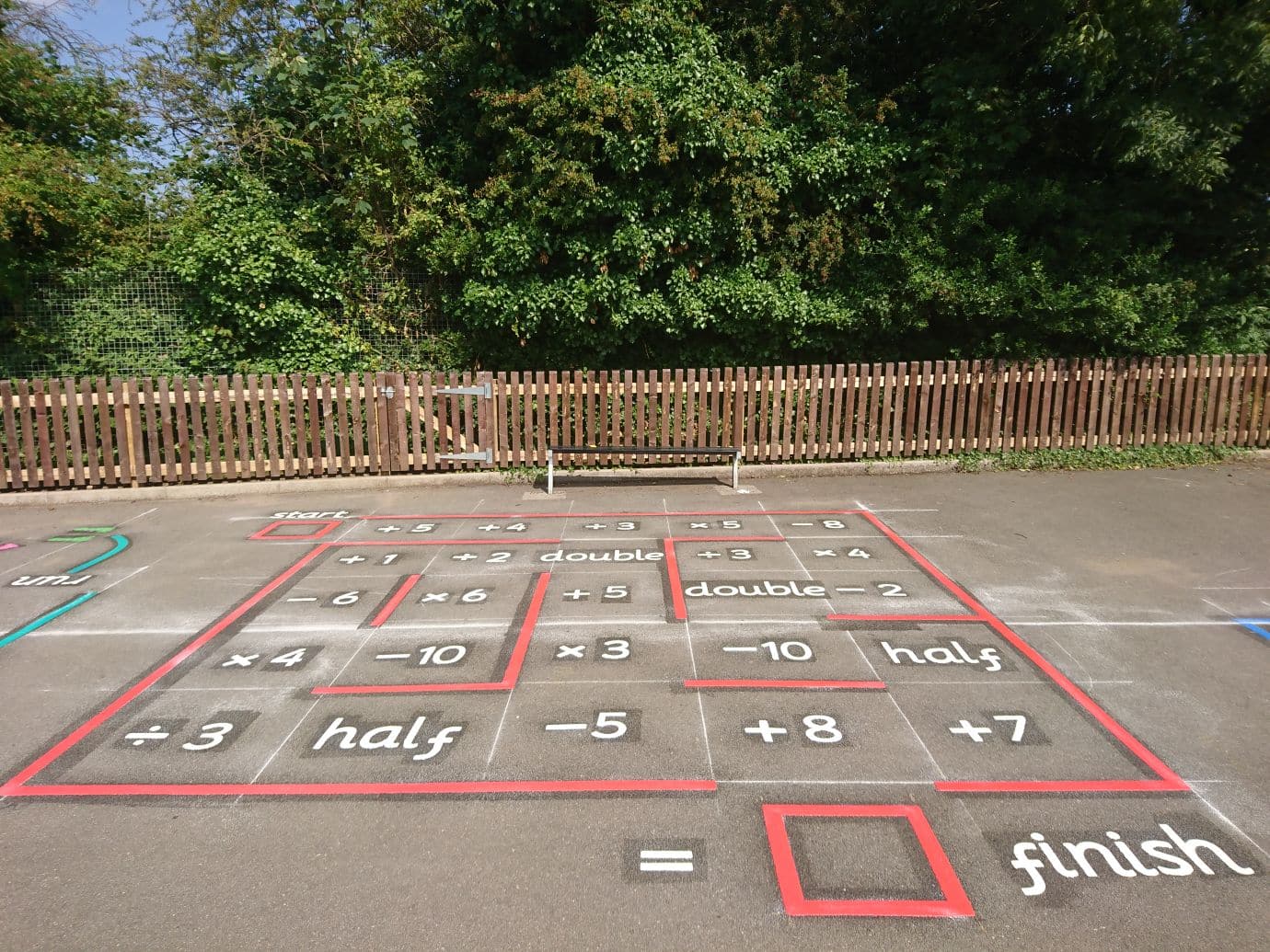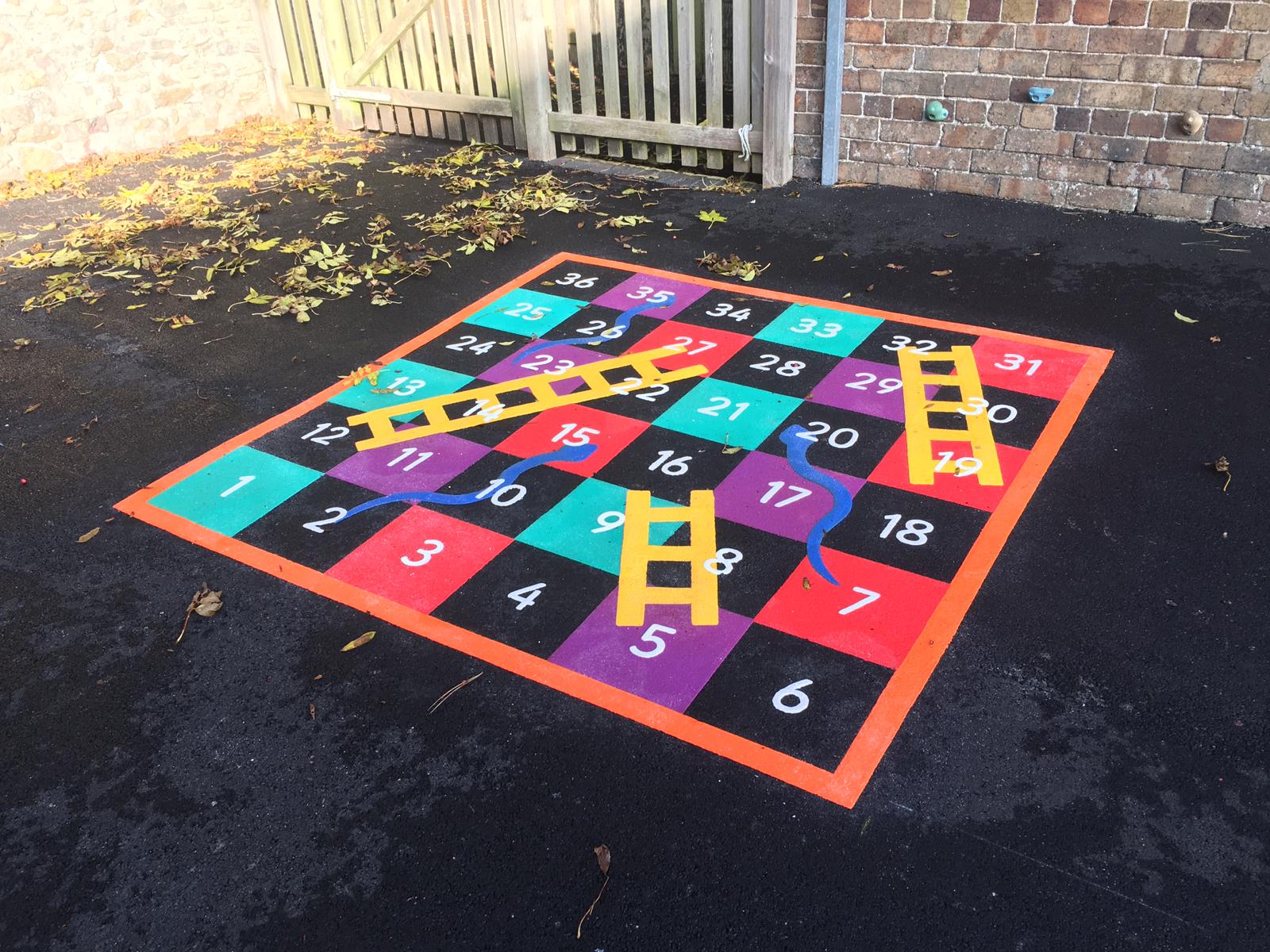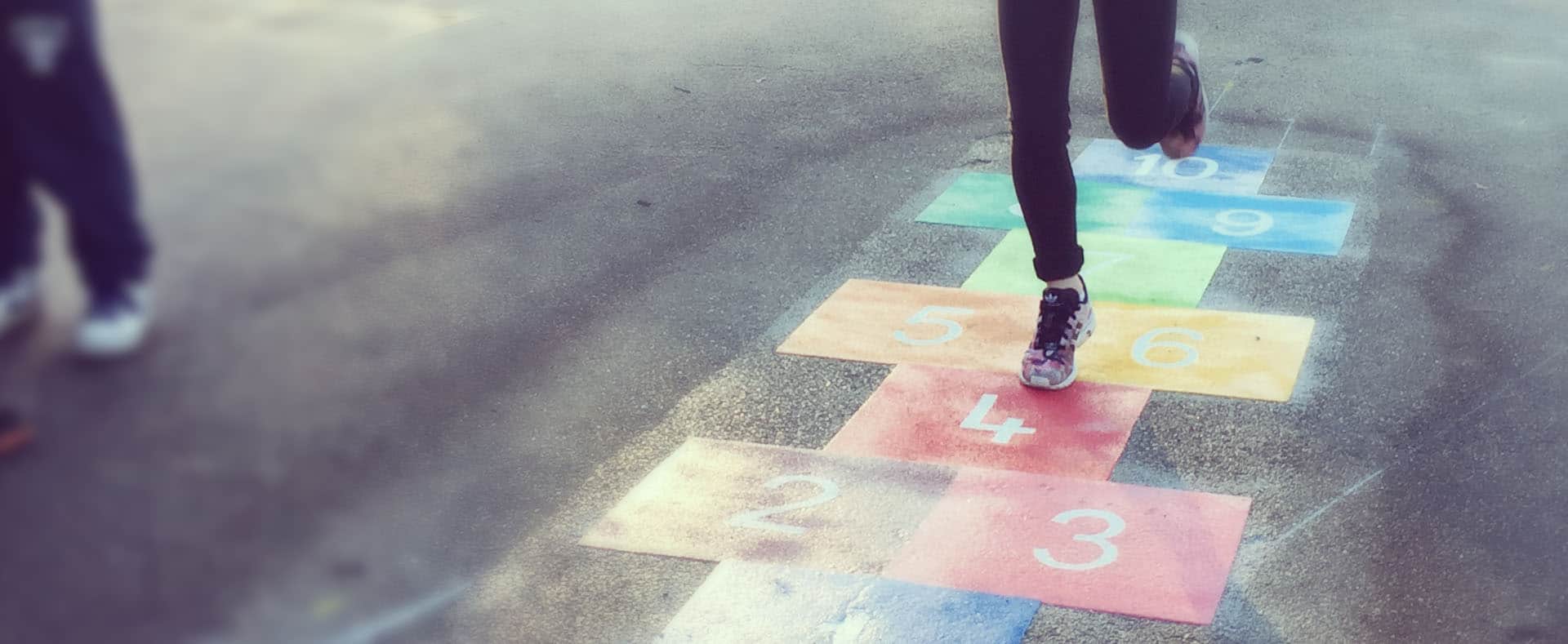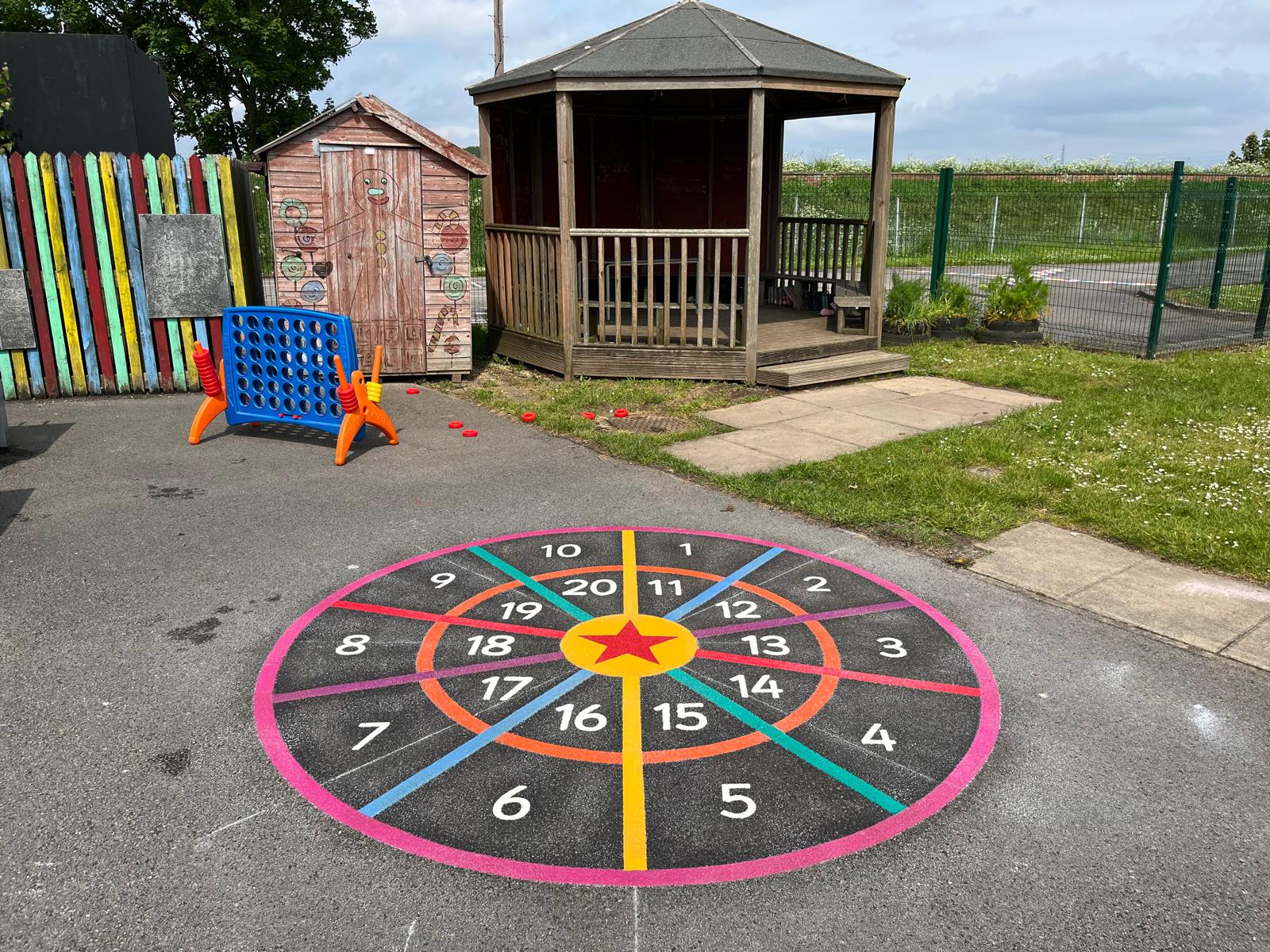Playground Math Games for Kids
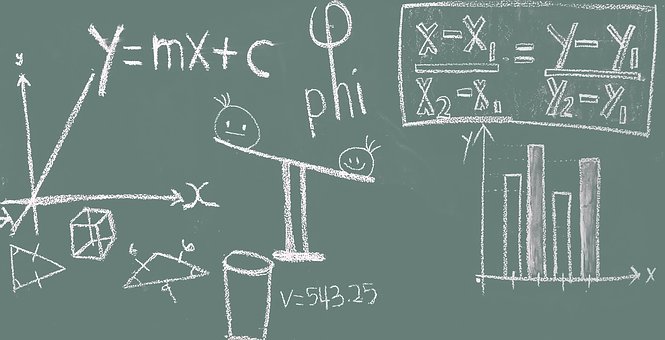
Children love being outside and playing games with their friends. However, as soon as you sit them down in a classroom their concentration goes out the window – literally. Fortunately, there are ways to engage children, teach them new things, and get them excited about learning new math concepts through playground games and outdoor play.
Hopscotch
Number of Players: 1
Age Range: 5+
One of the most traditional playground games, hopscotch is a great way to teach children how to count and memorise their times tables. As with a standard game of hopscotch, you can label the boxes, but you could write fractions and have the child state the answer as they move through each box.
What’s the Time Mr Wolf?
Number of Players: 30+
Age Range: 5+
This game is fantastic for teaching young children how to tell the time. You can adjust it so that it’s suitable for the age range and abilities of the children you’re teaching. To teach children through playing the game, have all players line up at one side of the playground ready to play, while you stand at the other end with pictures of clocks of separate pieces of paper.
When the children chant, “what’s the time Mr Wolf?”, hold up one of the clock faces and have them read it; “2 o’clock!” Whatever the time is, they can take that many steps forward. So, 2 o’clock would be 2 steps forward and so on, until you say “Dinner time” and chase the kids around the playground, trying to catch them.
Math Racers
Number of Players: 30+
Age Range: 7+
This is a great game to teach children how to quickly solve maths problems with accuracy, whilst competing against their classmates. Place a pile of bouncy balls/pine cones/pebbles or other objects on one side of the playground and then have the children line up at the other end.
Next, shout out a maths problem, for example: 8 x 6 (the difficulty will depend on their age and ability). And then have the children race to collect the correct number of balls in their bag. The first child back to the start line and with the correct number of balls in their bag, gets a point! To make the game last, you could make the rule that the first player to 10 points wins the game.
Body Clock
Number of Players: 10+
Age Range: 8+
Use a large space in the playground and a piece of chalk to draw a giant clock on the ground with a dot in the middle. Each child takes a turn being the ‘hands’ of the clock by lying down and using their body to make the time you shout out to them. This is harder than it sounds, and the difficulty can be increased per the age and abilities of the children.
Get to the Numbers
Number of Players: 30
Age Range: 9+
This is an active maths game that also gets kids thinking! Give each child a piece of chalk and have them all disperse around the playground and writing the number you assign to them on the ground. Each number should be big enough to be visible from a distance.
Have all the children line up at one side of the playground and shout out a number. As soon as the players hear it, they have to run to that number and stand on it (all without bumping into the other players). You can make this game increasingly difficult by shouting sums, having the children solve them in their heads, before running to stand on the correct number. Any wrong answers and the players are out. Last player standing wins the game!
Water Gun Fun
Number of Players: 30
Age Range: 10+
If summer is scorching your playground and everyone is hot and tense, why not cool them down with a fun water gun game? Playing with water is perhaps one of the favoured school games kids enjoy and on a hot day, they can dry off in the sun without any need for a change of clothes.
To play water gun fun, draw shapes on the ground and ask the players to identify each shape by correctly naming them. An incorrect answer is punished with a spray of water and the winner gets to be the sprayer in the next game.
Beach Ball Facts
Number of Players: 10+
Age Range: 10+
All you need to play beach ball facts is a colourful blow-up beach ball and a marker pen. Writer a series of age-appropriate equations (without the answers) onto the beach ball and then have a group of children throw the ball from one person to another.
Every time a player catches the ball, they have to solve the equation closest to them as quickly as possible. If a child is struggling to solve the equation they’re faced with, they can pass the ball to their friend for help. The first person to solve 10 equations correctly, wins the game.
Hula Hoop Times Table
Number of Players: 10+
Age Range: 10+
Write down a list of multiplication tables on a piece of paper and place them into a hat. Get one person to pull out a number and read it aloud. The child with the hoop has to recite the multiplication table of that number as they hula. If they drop the hoola hoop or forget the times table, they are out, and the next player takes over.
1-20 Spiral
Number of Players: 1+
Age Range: 3+
Teach young children how to count by walking the 1-20 spiral. Each new step is the next number in the sequence. This is a colourful and simple game for very young children just starting to learn the basics of maths and counting. You can vary it to suit each child, having them count every number as they stand on it, run to numbers you shout out, or even count backwards, starting at 20 and working their way right back to 1. A simple but great game for teaching basic counting skills in a physical way that helps children retain the knowledge better.
Why is Active Learning so Effective?
Active learning is a process of teaching children that focuses far more on how children learn, rather than just what they learn. Many students have to sit passively as information is regurgitated to them. However, research shows us that this is not as effective as the combination of physical activity and classroom learning.
Dr. Laura Chaddock-Heyman, a research scientist specialising in movement and the brain, states that “Research shows even short bursts of movement deliver big benefits for brain health and academic performance, relative to sitting quietly.”
Here at Designs & Lines, our playground markings are important in assisting in the learning process as they help build knowledge and understanding through physical activity and play.
Designs & Lines Making Maths Fun
Here at Designs & Lines, we aim to make learning fun for everyone – even if it is learning numbers and how to solve sums. Our brightly coloured playground markings are perfect for engaging children while they play, assisting in their learning and mathematical development.
We know that maths can be a subject many children struggle with. However, by bringing maths out of the classroom and onto the playground, we believe we’re helping children learn more effectively and retain lessons more easily. Give our maths games a chance and see for yourself how quickly kids pick up maths when you make it fun, engaging, and interactive!

